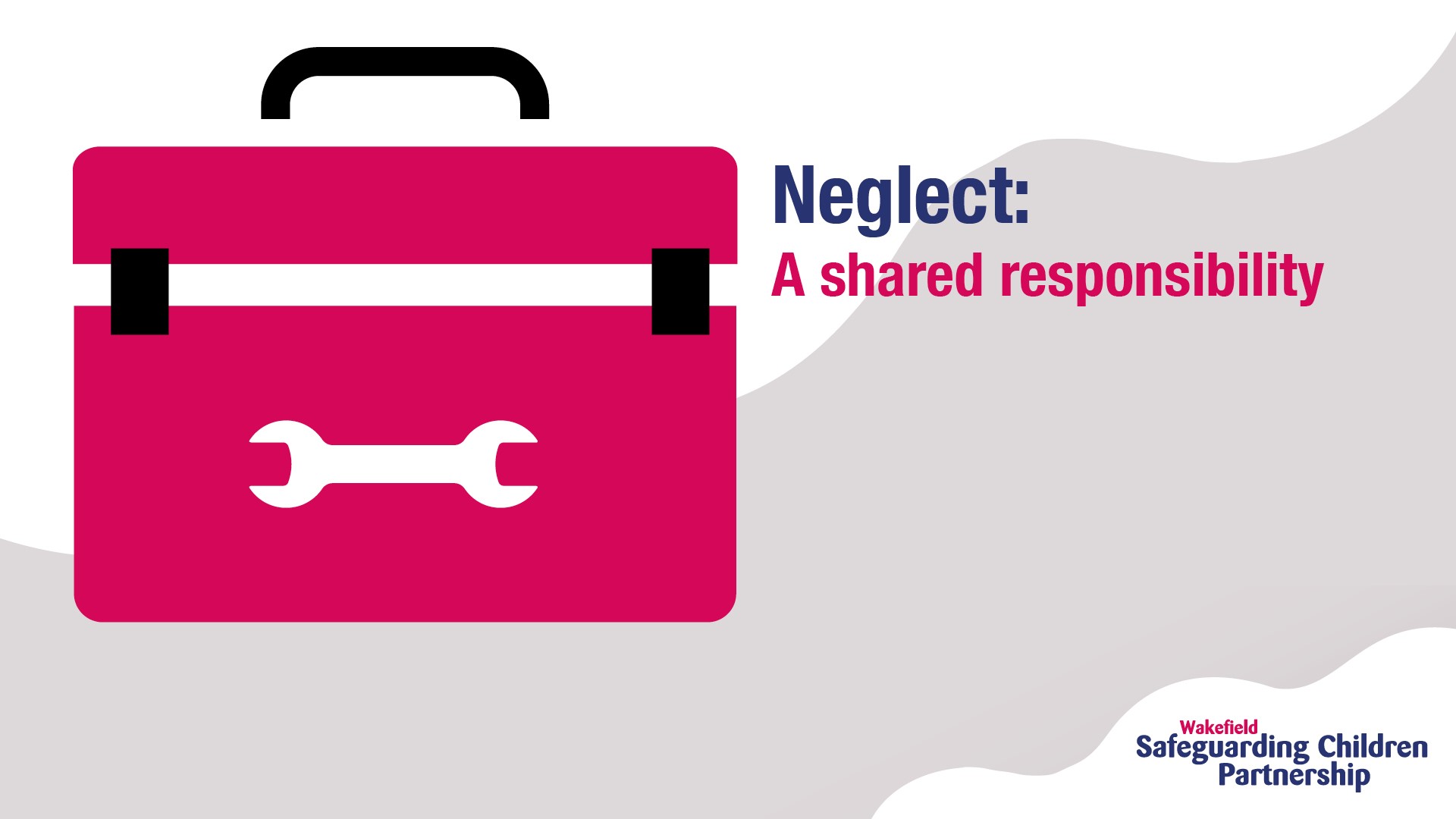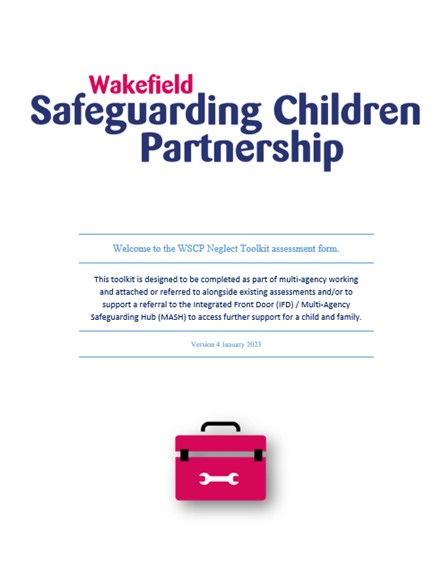WSCP Neglect Toolkit Overview and Section Guidance
What is the WSCP Online Neglect Toolkit?
The WSCP Online Neglect Toolkit has been produced to support those who work or volunteer with with children and families to identify neglect at the earliest opportunity.
Should a child require immediate or urgent support, view the WSCP Worried About a Child Page for the next steps to take. In these circumstances, do not complete the WSCP Neglect Toolkit prior to acting upon any immediate or urgent risk.

-
Show details
 When should the WSCP Neglect Toolkit be used? The toolkit should be used by anybody working or volunteering with a child and family and determines where there is a need to explore and understand the issue of neglect further.
When should the WSCP Neglect Toolkit be used? The toolkit should be used by anybody working or volunteering with a child and family and determines where there is a need to explore and understand the issue of neglect further.The toolkit can be used throughout a child and family’s journey. It should be used before a referral to wider support services, such as Children’s Social Care, during support being provided and at the point a child and family may not need to access further support.
-
Show details
 How should the WSCP Neglect Toolkit be used? The toolkit should be used alongside existing service assessments and completed as part of multi-agency working to help identify all aspects of neglect within a family and determine what steps need to be taken to improve a child’s lived experience.
How should the WSCP Neglect Toolkit be used? The toolkit should be used alongside existing service assessments and completed as part of multi-agency working to help identify all aspects of neglect within a family and determine what steps need to be taken to improve a child’s lived experience.
The toolkit is a guide and not an assessment, it must not replace professional judgement or be the deciding factor as to whether to take further action.The assessment should only be introduced to a family as a way to ensure the needs of a child are being met, and what additional support they can access. When completing the assessment, the focus should be on the child(ren), with their voice always being sought and responded to. Completing the assessment with a family will mean holding respectful but appropriately challenging and honest conversations with a parent/carer in relation to neglect as well as taking on a strength-based approach.
-
Show details
 Why should the WSCP Neglect Toolkit be used? Identifying and responding to neglect remains a safeguarding priority in Wakefield.
Why should the WSCP Neglect Toolkit be used? Identifying and responding to neglect remains a safeguarding priority in Wakefield.Neglect is the most prevalent form of child maltreatment in the UK and can have a devastating impact on all aspects of a child’s life.
Neglect differs from other forms of abuse because it is frequently passive, it is more likely to be chronic than crisis-led and often overlaps with other forms of maltreatment. There is a repeated need for intervention with families requiring long-term support.
The indicators of neglect can often be missed resulting in no early support and a lack of clarity between practitioners on the agreed next steps.
The WSCP Neglect Toolkit, underpinned by the Continuum of Need: A Framework for Making Decisions, provides a shared benchmark and understanding of neglect for all practitioners and volunteers who work with children and families to refer to.
The Neglect Toolkit Assessment Form should be completed in conjunction with this guidance. The form does not need to be completed in its entirety but can be used in relation to specific sections or as an ongoing guide to support work with a child and family and/or the completion of assessments.

Where can I go to access further information and guidance on neglect?
- Visit: Wakefield Safeguarding Children Partnership website
- Visit: West Yorkshire Multi-Agency Safeguarding Procedure on Recognising Abuse and Neglect
- Take a look at the latest WSCP One Minute Guide on Neglect and the Neglect Toolkit
- Click here for guidance on the Continuum of Need or click next to proceed.
Section Guidance
These pages have been designed so you can easily access all sections, either in sequential order, or by jumping to specific guidance by using either the 'previous' or 'next' buttons or the drop down navigation bar below.
When using these sections consider what you have observed and reflect on these observations, it will help you to develop a deeper understanding around neglect as well as facilitating decision making on what needs to happen next in order to safeguard the child and family. Sections can also be used with families in their homes to assist their understanding around neglect.
Sections include guidance on:
- 1. Health
- 2. Personal Hygiene and Dental Care
- 3. Nutrition
- 4. Learning
- 5. Safety and Basic Care
- 6. Clothing and Equipment
- 7. Emotional Support
- 8. Home Conditions and Environment
To get started click on the next button below.


 Back to main website
Back to main website